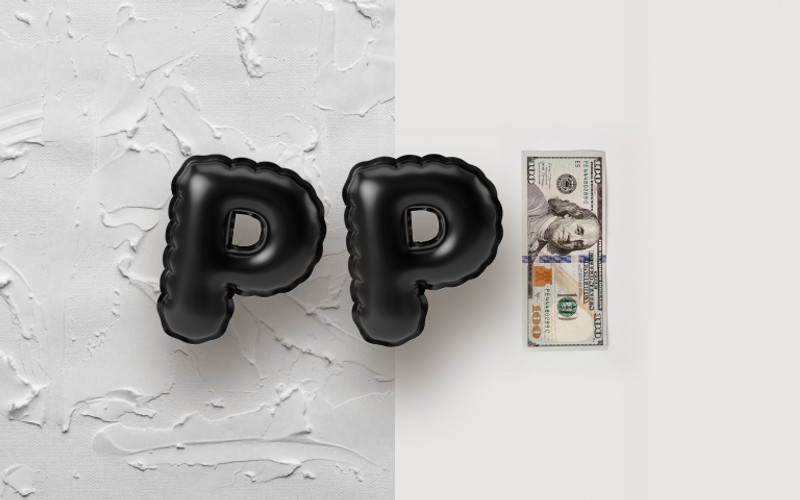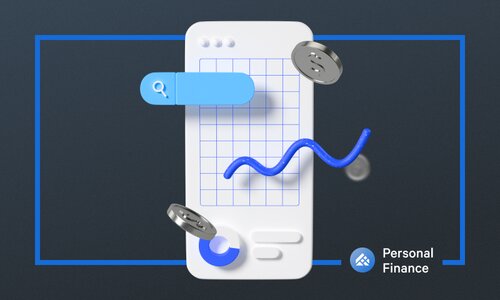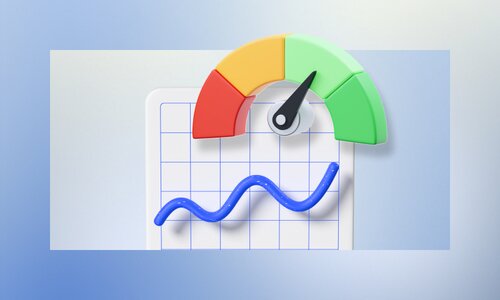In the U.S. economy, there are two measures of inflation: the Consumer Price Index (CPI) and the Producer Price Index (PPI). While the CPI measures price changes in the goods and services consumers buy over a specific period, the PPI tracks the same, but from the perspective of producers. Both numbers are essential to measure the rate of inflation.
The PPI is a critical economic indicator since it measures price changes across various sectors and can provide insights into industry trends. Let’s talk about the Producer Price Index — what it is, why it’s important, how it impacts the U.S. economy, and how it differs from the Consumer Price Index.
What is the Producer Price Index?
The Bureau of Labor Statistics (BLS) defines the PPI program as such: “The Producer Price Index (PPI) program measures the average change over time in the selling prices received by domestic producers for their output. Prices included in the PPI are from the first commercial transaction for many products and some services.” The government and businesses look at the PPI to determine the wholesale inflation rates and often rely on it as an accurate pre-indicator of increases in consumer prices in the domestic market.
Like the CPI, the Bureau of Labor Statistics measures and publishes the PPI monthly. However, the PPI looks at the average value of first-stage domestic products and services, such as those experienced by suppliers and wholesalers. The products used in the PPI calculation fall under the following categories:
- Mining
- Manufacturing
- Agriculture
- Fishing
- Forestry
- Natural gas
- Electricity
- Construction
- Waste
- Scrap materials
Much like the CPI, the PPI is a weighted index. This means that some items and categories are given more weight in the tracking than others, based on the dollar value used by each industry. The PPI also informs the CPI since the trends reflected by the PPI are likely to show up in consumer spending as well. When the price of goods and products are facing higher rates of increases at the production level, they will be passed on to consumers. Pre-1978, the PPI was called the Wholesale Price Index (WPI).
Why does the Producer Price Index matter?
The Producer Price Index helps to give a sense of the inflation rate and can be the preliminary metric by which trends are spotted and measured. A rising PPI signals a rise in the cost of production of goods and services. And when businesses have to pay more for production, wholesale inflation occurs, leading consumer prices to rise significantly. There are several reasons for the cost of production going up, such as supply chain issues and scarcity of resources.
On the flip side, if there is negative growth in the PPI, the numbers are going down over time, which would signal the lowering of production costs or wholesale deflation. This can happen when there is less demand or an oversupply of resources.
Monitoring the PPI allows the government to catch fluctuations and price changes early on and take corrective measures, especially when it’s likely to lead to consumer inflation.
How does the PPI work?
The U.S. Bureau of Labor Statistics publishes CPI and PPI data monthly. The PPI is one of the oldest economic time series recorded by the federal government.
The PPI percentage change is released during the second whole week of the month. The BLS collects 100,000 price quotes per month from approximately 25,000 establishments to get to the number.
The data is divided into over 10,000 individual product and group subcategories. There are 500 PPIs available each month for industry-level prices and over 3,700 for commodity classifications, published with and without seasonal adjustments. The PPI methodology collects information for around 72% of the service sector’s output.
The numbers are then used to arrive at the PPI for the month, which is compared with the previous month and year, to calculate the inflation rate.
Classification of prices in the PPI
The BLS publishes over 10,000 product and industry price indexes monthly and calculates the PPI. These are divided into three categories:
- Industry-level classification: The PPI for an industry is “a measure of changes in prices received for the industry’s output sold outside the industry (that is, its net output),” according to the BLS website. This net output marks the aggregate sales prices of products.
- Commodity classification: The commodity classification structure of the PPI, the BLS explains, organizes products and services by similarity or material composition, regardless of the industry classification of the producing establishment.
- Final demand-intermediate demand: “Commodity-based FD-ID price indexed regroup commodity indexes for goods, services, and construction at the subproduct class (six-digit) level, according to the type of buyer and the amount of physical processing or assembling the products have undergone,” according to the BLS.
The difference between PPI and CPI
To understand the difference between the PPI and CPI, it’s helpful to look at the lifecycle of a product and the various goods and services that go into producing it. The PPI tracks the changing cost of those raw materials at the beginning of the production process, and the CPI tracks the changing price of the finished goods, that is, the result purchased by the consumer.
Simply put, the PPI calculates how inflation impacts producers of goods and services in an economy. The CPI estimates how inflation influences the consumers of those same goods and services.
As you can see, the PPI and the CPI are, for this reason, intricately linked. Suppose production expenditure increases and inflation causes producers to pay more to deliver the same goods and services. In that case, they’ll pass those input prices on to consumers, who will then feel the impact of inflation on their monthly budgets. This is why trade organizations and the government will monitor the PPI; high PPI numbers can indicate a rising consumer price. The government can use these leading indicators to step in and take early corrective measures.
Another critical difference between PPI and CPI is that in the PPI, the product prices don’t include taxes, trade, or transport margins. PPI prices are solely production costs; therefore, any changes will almost always get passed on to the end consumer.
How the PPI impacts the economy
The PPI is an important metric that impacts the economy (and your finances). Here’s how.
Higher cost of living
As we’ve discussed, the PPI directly correlates to the price rises consumers will experience and, consequently, the overall health of individual consumers and the Gross Domestic Product (GDP).
The PPI allows lawmakers to estimate the rates of inflation and the effect they will have on the purchasing power of U.S. consumers. Suppose the rates are suddenly high due to low supplies and high demand or supply chain issues. In that case, the government can take corrective measures before the price movements impact a larger population.
Business and government decision-making
The PPI also helps both businesses and the federal government with improved decision-making. When producers encounter inflation in goods and services, they will pass that on to the consumer to protect their profit margins, and this knowledge can help the industry and the government take monetary policy measures to ensure that the consumer is not hit with unaffordable prices that affect necessities.
The PPI helps understand what’s causing CPI changes
While the PPI and CPI are correlated, and a higher PPI will likely lead to a higher CPI, if the PPI remains steady and the CPI is rising, then monitoring both numbers can help decision-makers identify potential issues. A higher CPI would indicate that retailers are increasing prices despite a steady cost of production.
Higher interest rates
With an increasing PPI come higher rates as central banks combat inflationary pressures due to increased price levels. Similarly, when the PPI is declining, it can signal an economic slowdown, and to make borrowing less expensive, the Federal Reserve will lower interest rates. The PPI also affects the stock market, which does not like it when inflation rises more than a few tenths a percent.
The bottom line
While the changing costs of goods and services are unlikely to affect most people directly, they tend to have a knock-on effect that we can all see pop up in our day-to-day expenses. The PPI also affects interest rates, and if you’re an investor, real estate, or otherwise, it can be an essential metric for long-term decision-making.
At Arrived, our mission is to give everyone a chance to invest in real estate, and we do this by allowing you to purchase shares in profitable rental properties. Through our platform, you can buy shares of rental properties for as little as $100 and start building a portfolio today.
The opinions expressed in this article are for general informational purposes only and are not intended to provide specific advice or recommendations for any individual or on any specific security or investment product. The views reflected in the commentary are subject to change at any time without notice. View Arrived’s disclaimers.








